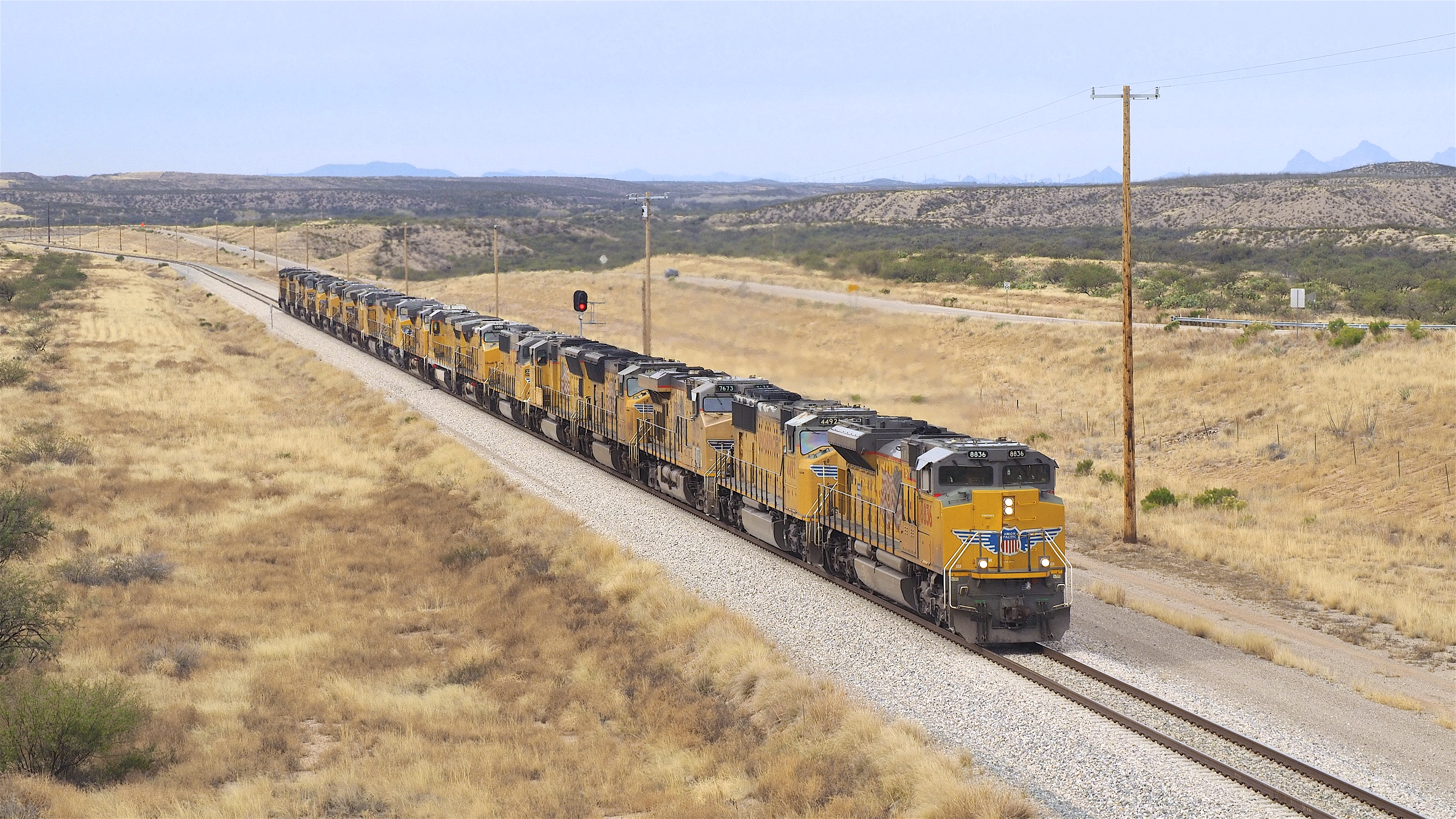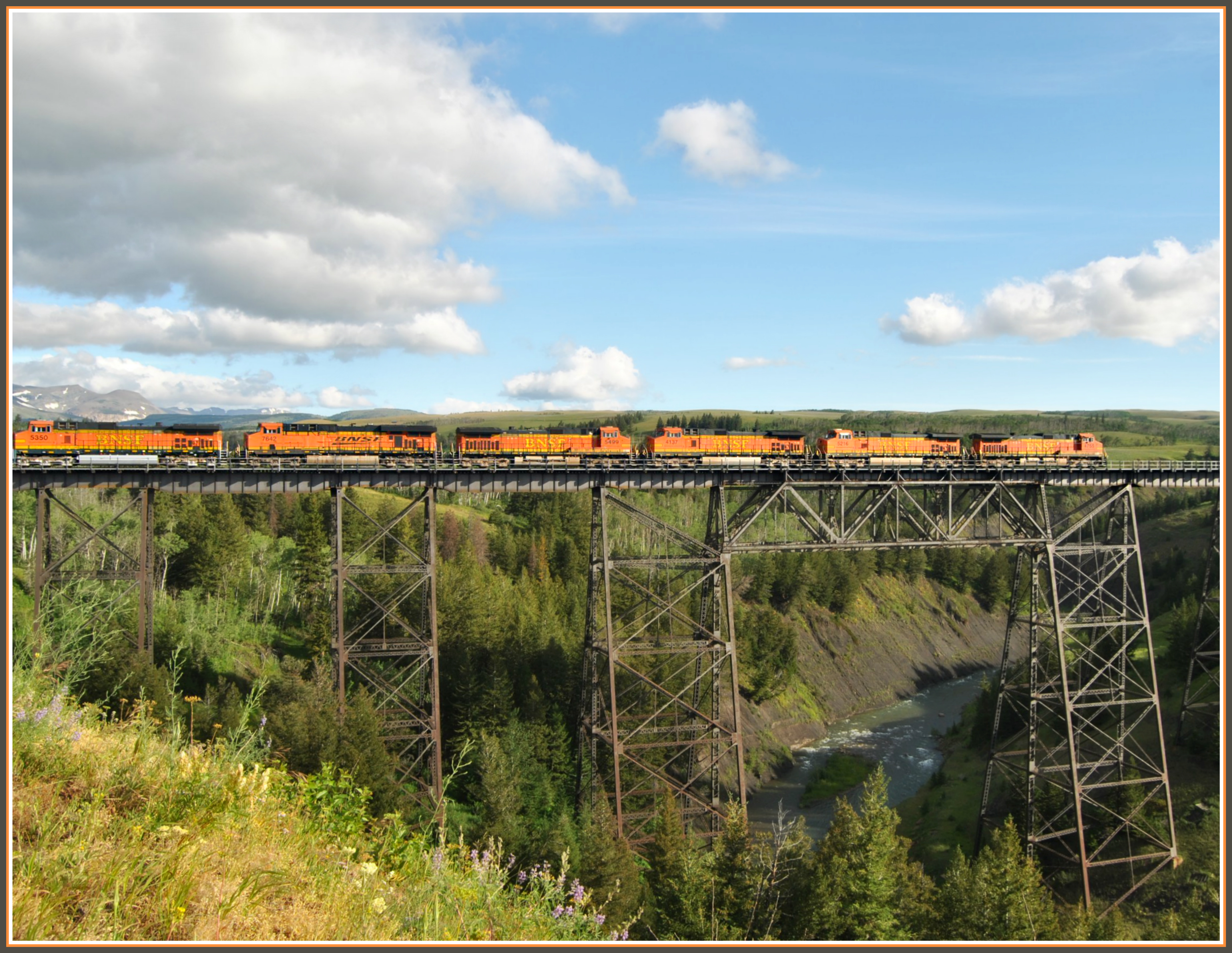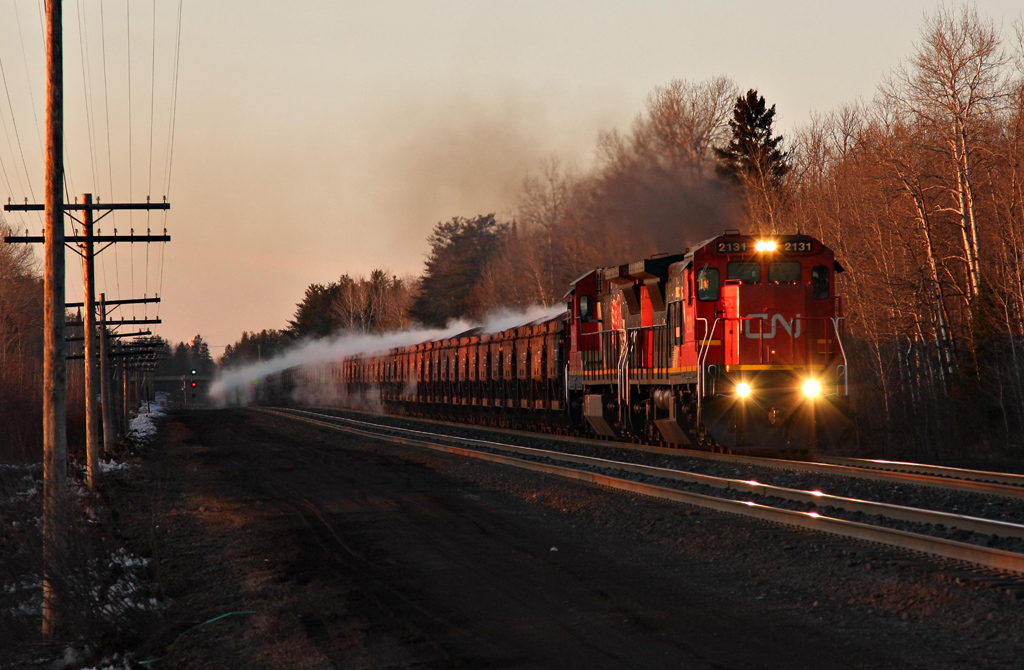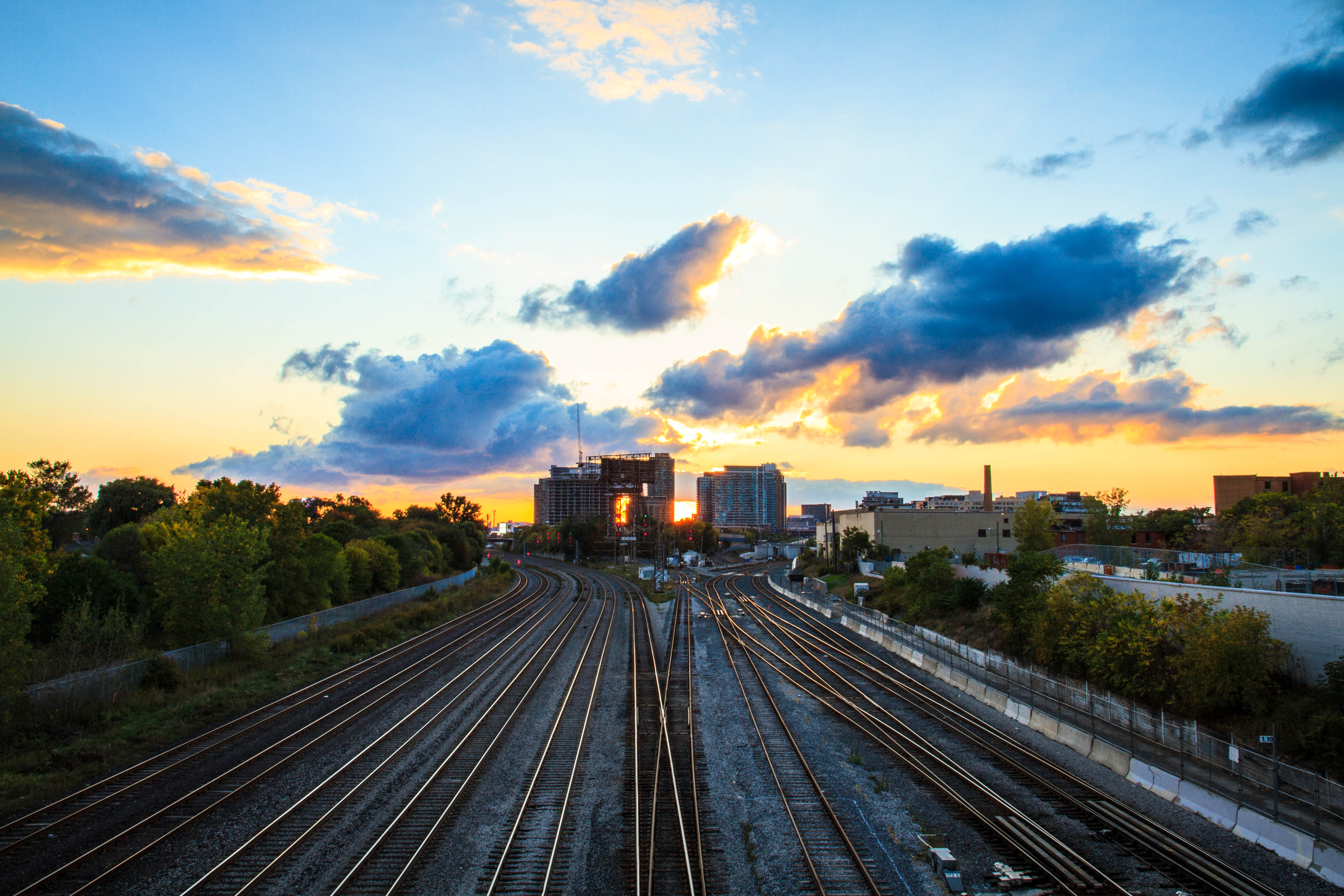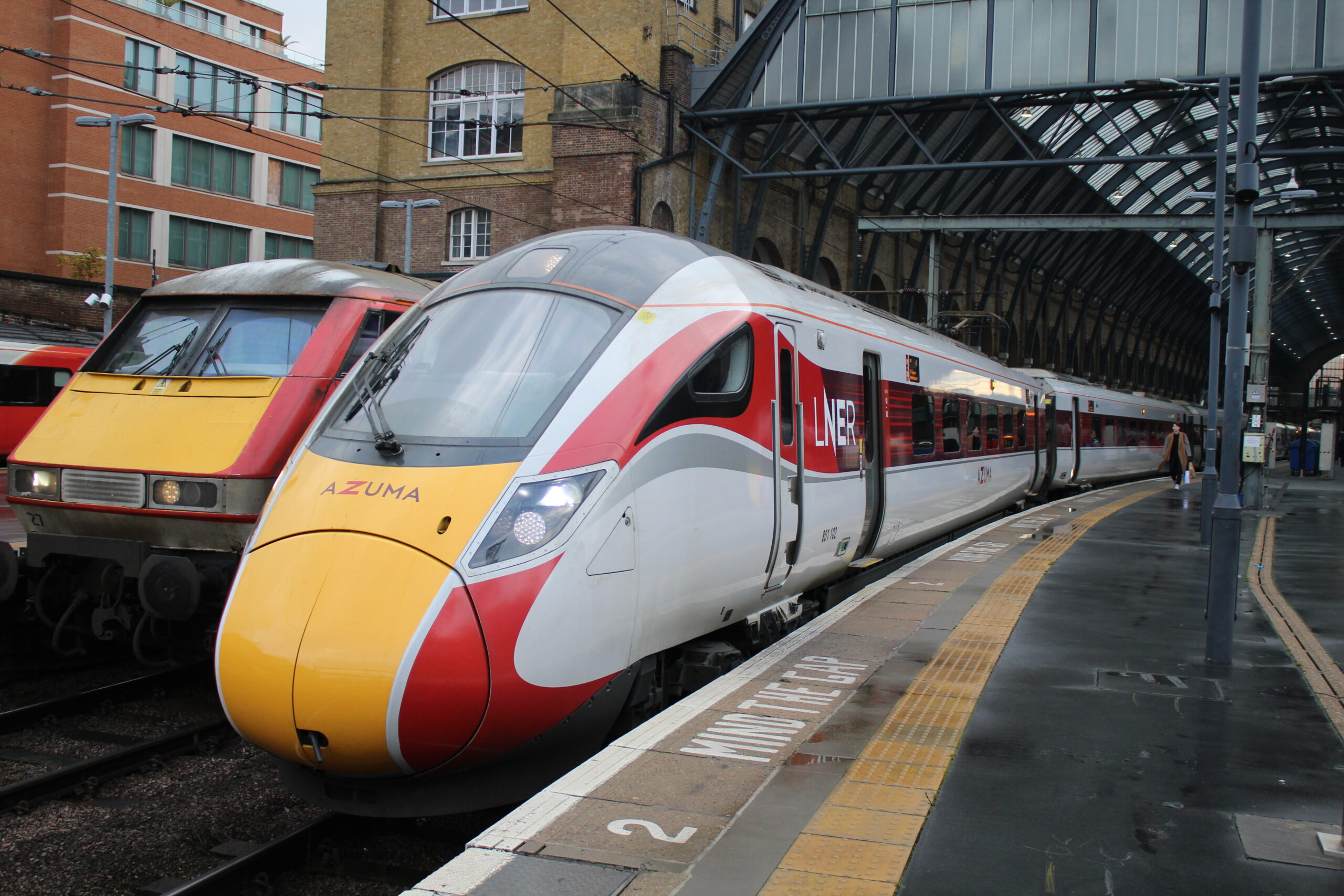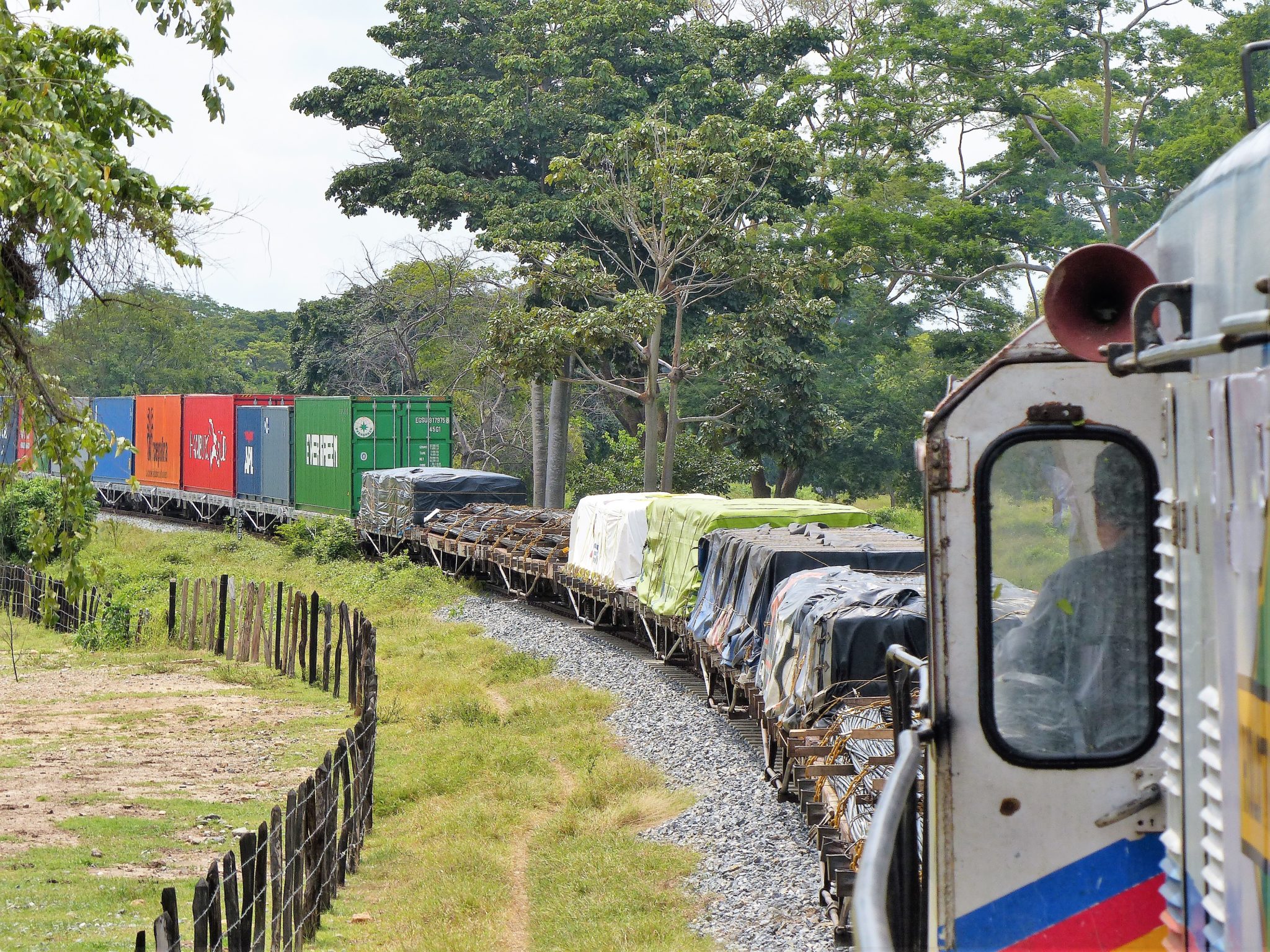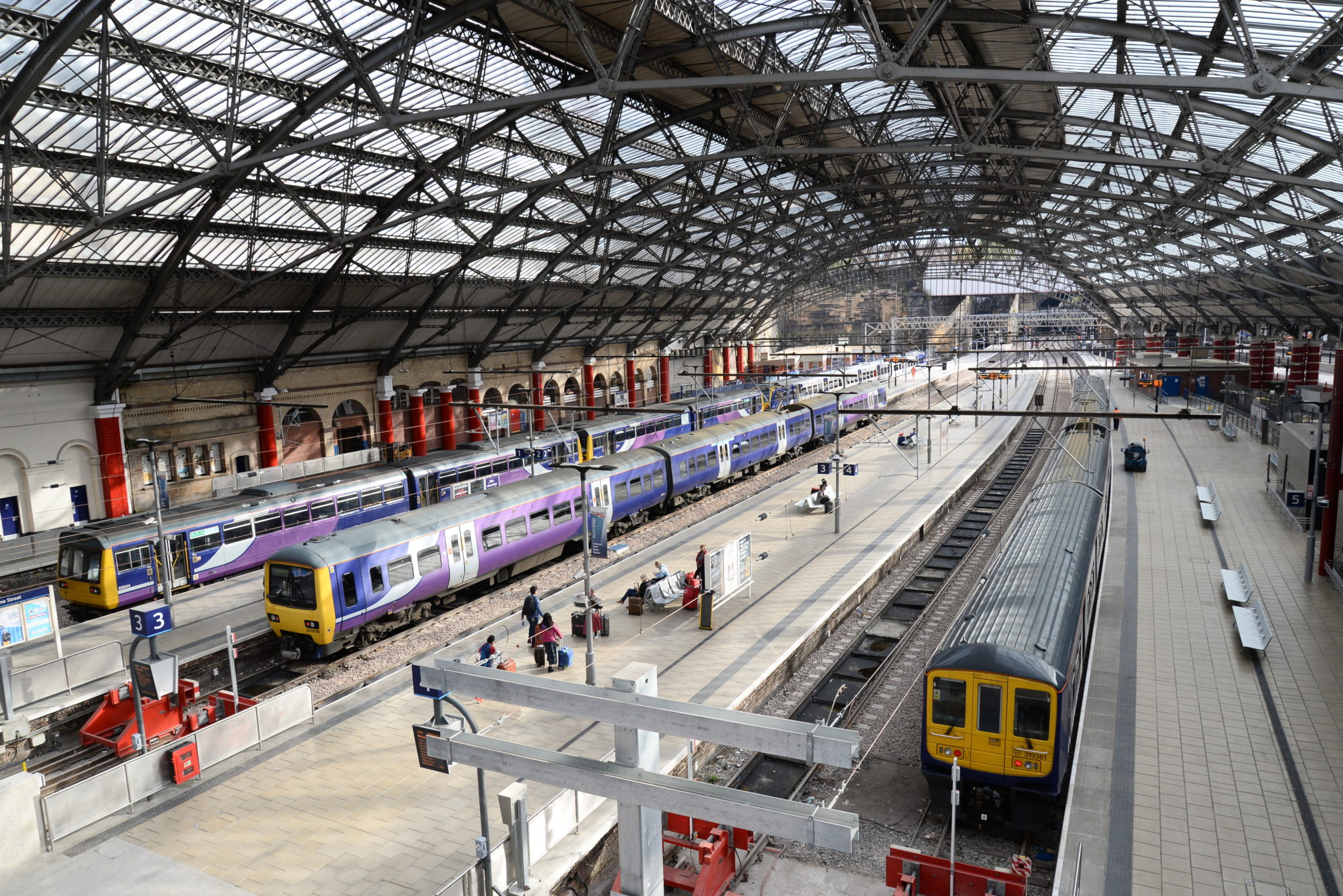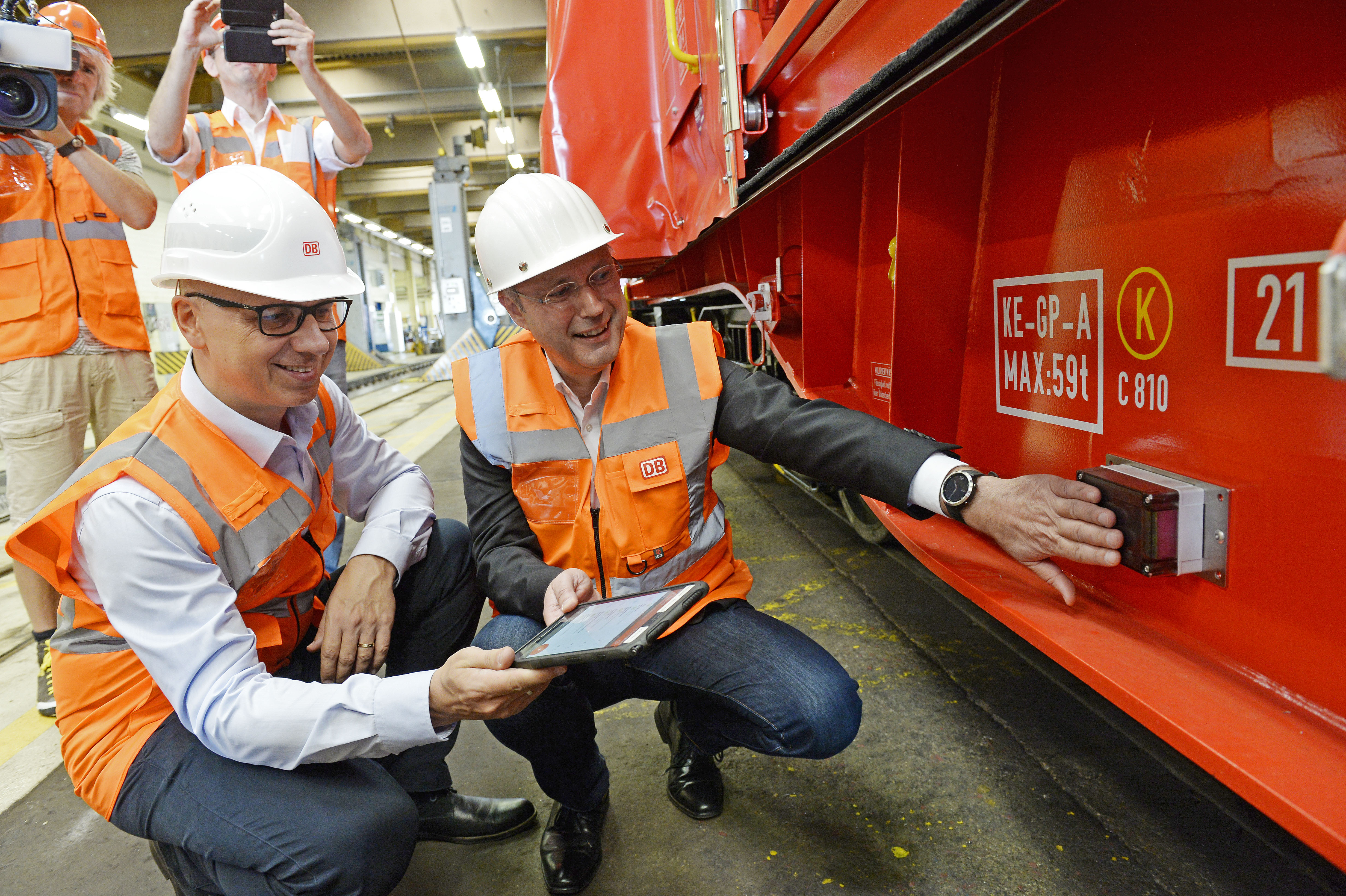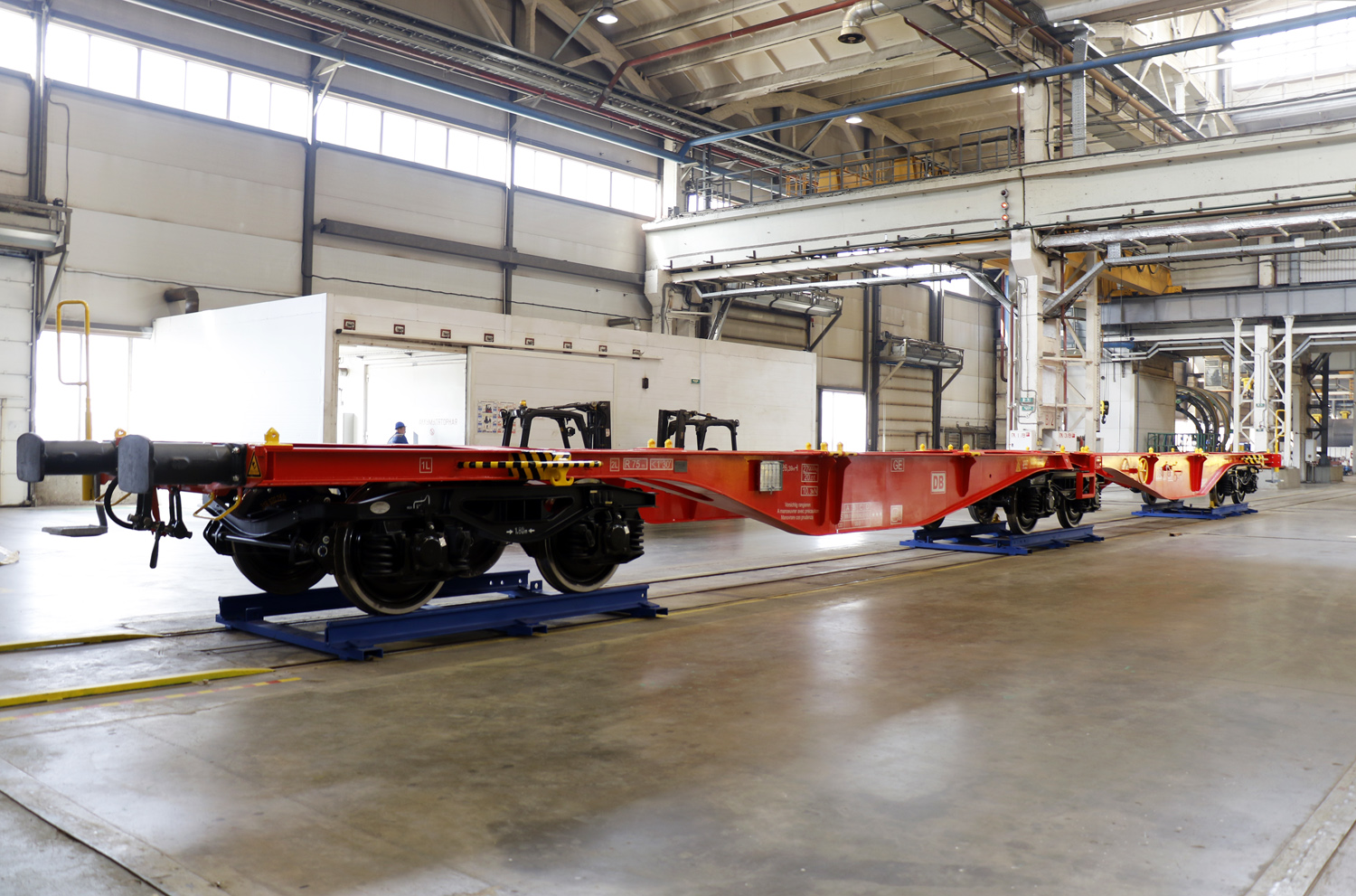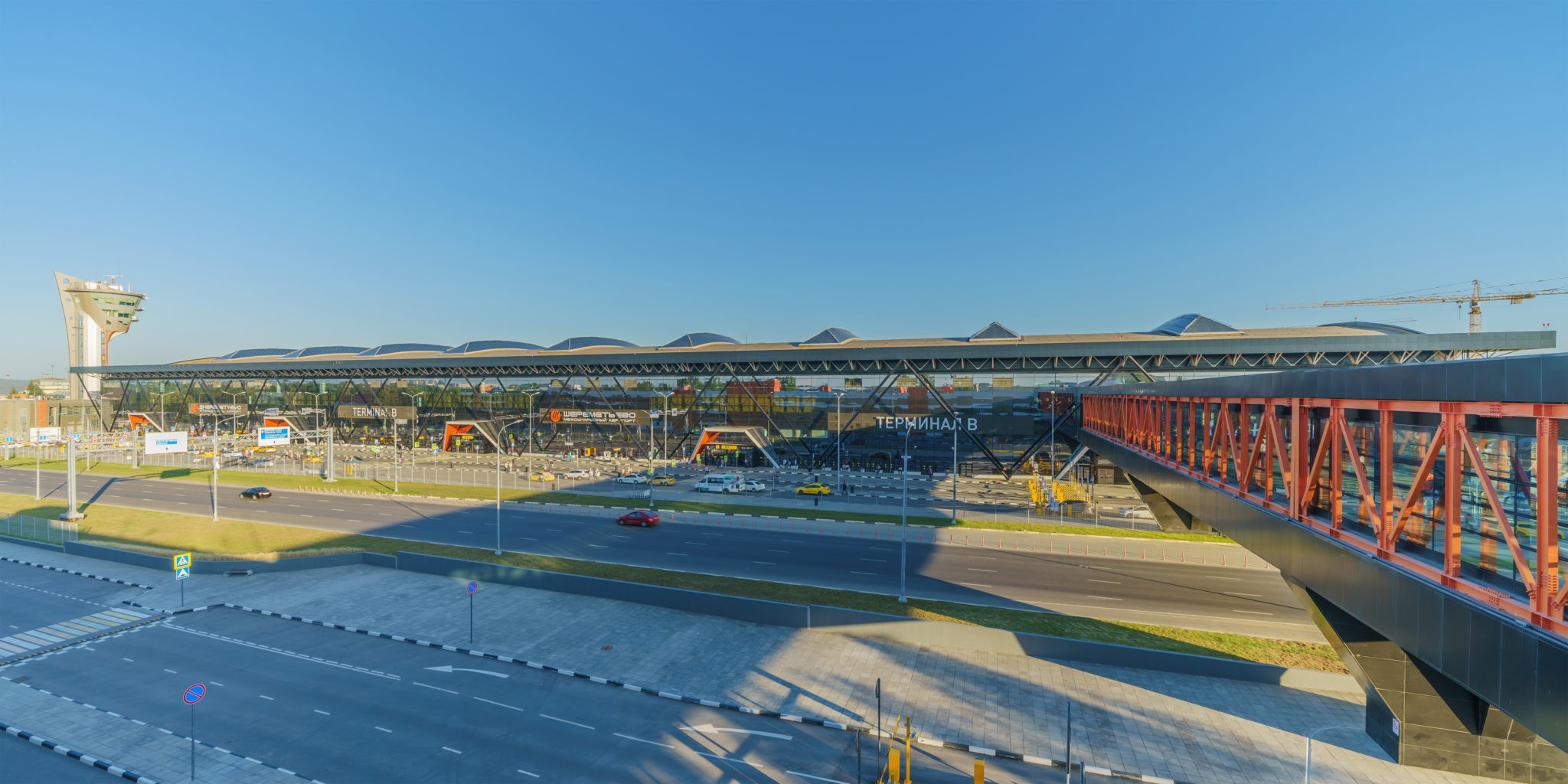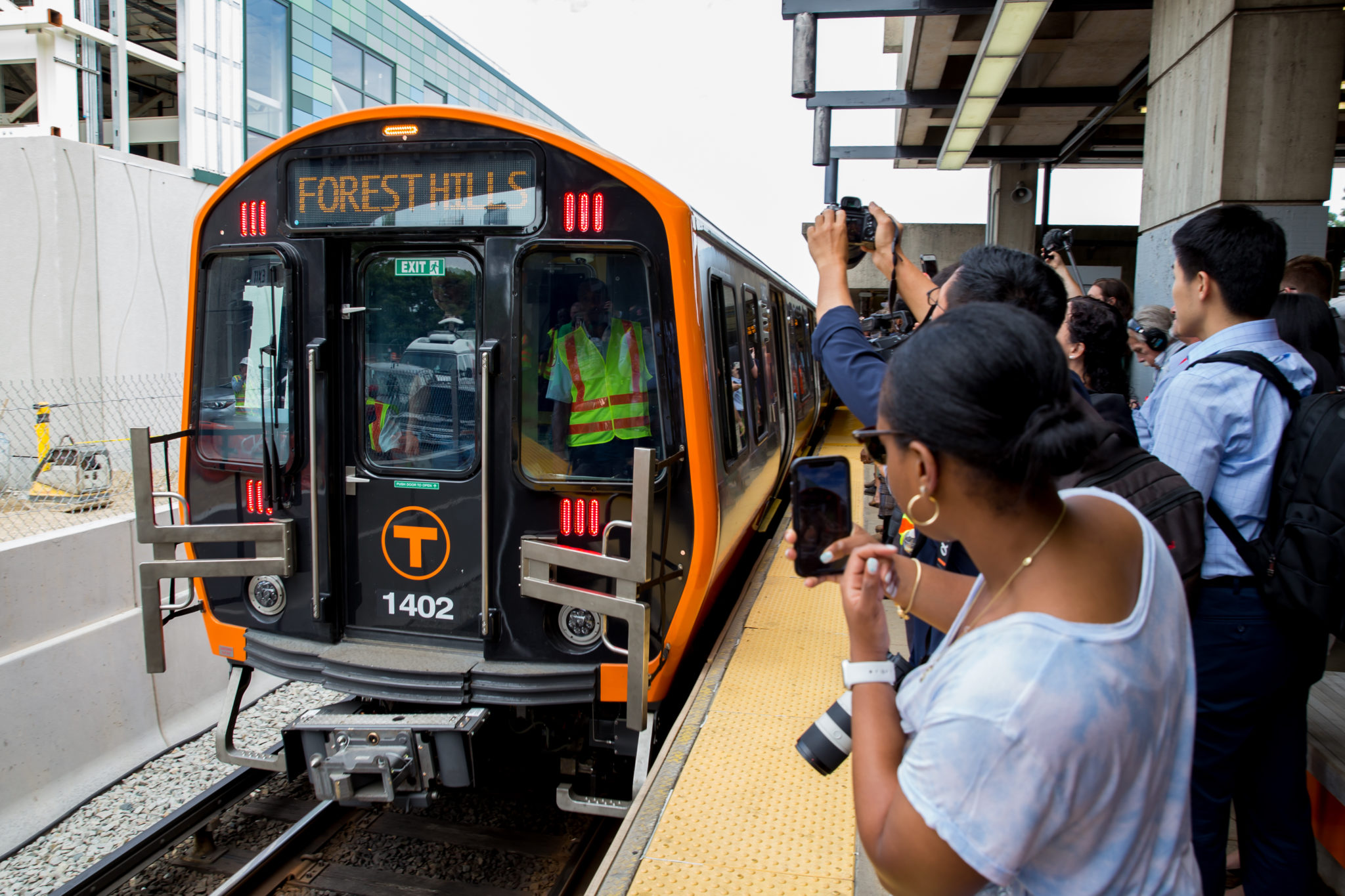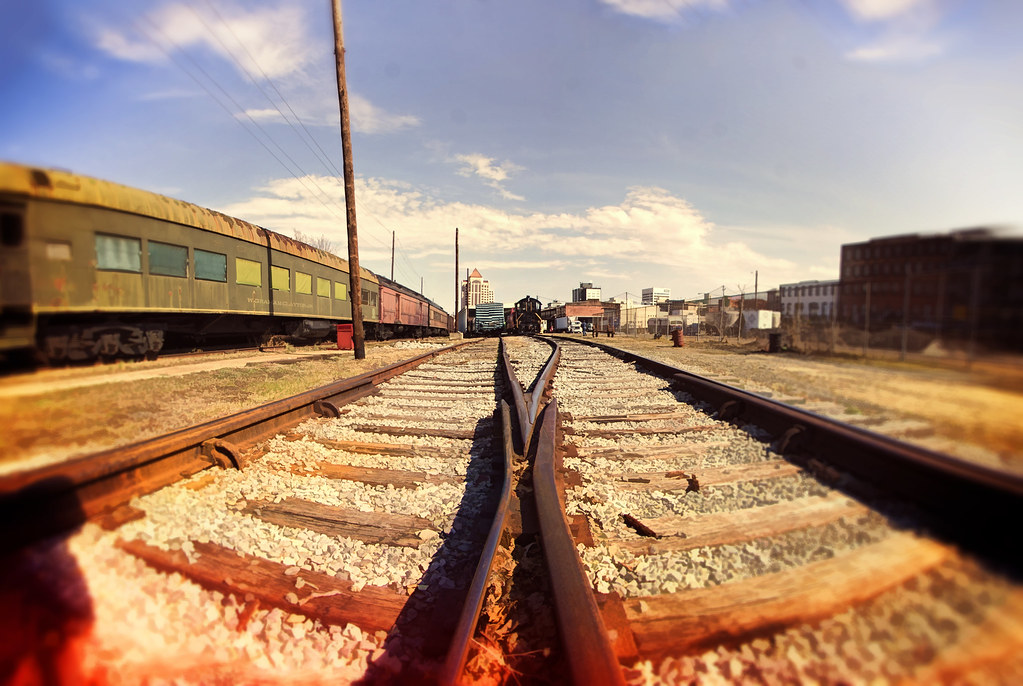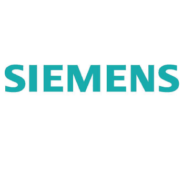A Conversation with Ted Greener and Ian Jefferies from the Association of American Railroads.
The Association of American Railroads, which represents major freight railroads in the US, Canada and Mexico as well as Amtrak and regional commuter railroads, is headquartered in Washington, D.C. It lobbies Congress on behalf of the railroad industry.
The AAR is exhibiting at Railway Interchange 2019 at booth 3227 in the RSI section. Speaking about their objectives for the show,
AAR Executive Director, Public Affairs, Ted Greener said,Similar to the RailxTech event, we hope to showcase the technology our members are using on the network to improve safety and efficiency and assist workers on the network. We will do so with virtual reality and interactive simulators.
Ted Greener spoke to Railway-News about AAR’s policy focuses for the short and longer-term. He said:
“Broadly speaking, the industry is focused on modernising the regulatory regime at the U.S. Department of Transportation and Federal Railroad Administration that naturally has old roots given how long the industry has been operating. But that must not be a reason for complacency by the government, as years of prescriptive regulation has compounded and threatens the competitive viability of the industry moving forward. As we look at a rapidly changing freight market that will ultimately feature new technologies such as platooning trucks, we are pushing for a performance-based regulatory structure that incentivises innovation. Prescriptive policies, like efforts in the U.S. House of Representatives to require at least two people in the locomotive on all freight railroads, typify the misguided policy that we are fighting against.
More specifically, the AAR and its members are focused on:
- Maintaining the existing, balanced economic regulatory policies enacted in 1980. The current regulatory framework protects rail customers against unreasonable railroad actions while allowing railroads to earn enough to make massive investments into their private 140,000-mile network. These investments ensure freight rail remains America’s critical connector. While they may be nearly 40 years old at this point, there is nothing structurally wrong with the system that allows U.S. freight railroads to compete as private businesses and price service based on market demand. In short, we must never become a full-on utility.
- Freight rail roads support Congressional ratification of the U.S.-Canada-Mexico Agreement (USMCA) agreed upon by negotiators from the three North American nations. And, we are pushing for Congress to ratify the deal to provide valuable certainty in the market. The pact includes important updates to the North American Free Trade Agreement (NAFTA), a wildly successful agreement that has expanded economic opportunity in the U.S. for railroads and their customers. Today, some 42 percent of rail traffic is directly attributable to trade, with much of that occurring across the continent due to the interconnected nature of the North American rail network. The industry broadly supports free and open trade, opposing policies that restrict access to global markets, including the application of tariffs that impose additional costs to rail shippers and industry business operations.
The AAR is also working in its capacity to help shape the next surface transportation bill in Congress. The industry has a host of priorities, including increased support for modernising grade crossings to facilitate better safety, and supporting funding for Amtrak and other passenger railroads. At the core of our agenda we are pushing for a true user-fee system on highways that would restore integrity into its funding mechanism – the Highway Trust Fund. The current underpayment by road users, especially commercial trucking, has required a transfer of some $144 billion in General Funds to the HTF over the past ten years. Consequently, the rail sector is perennially placed at an unfair competitive disadvantage.”
However, the AAR has had some key successes:
“The AAR recently filed a petition for rulemaking asking the Surface Transportation Board to establish new procedural rules requiring that: (1) when the Board issues a notice of proposed rulemaking it will include a cost-benefit analysis (“CBA”) of the proposed rule and reasonable regulatory alternatives, and that if the Board adopts a final rule it will update its CBA and consider costs and benefits; (2) the Board specifically consider the cumulative impact of a proposed rule in light of existing regulatory burdens; and (3) the Board use reliable data that reflects market realities, including up-to-date data.
In addition, the AAR recently held its second RailxTech event on Capitol Hill where policymakers and staff experienced freight rail technology first-hand and spoke one-on-one with the freight rail employees who develop and deploy technology that enhances network safety and efficiency. Eight railroads, TTCI and AskRail provided interactive demonstrations of railroad technology. More than 300 people attended the event.”
Ian Jefferies, President and CEO of the AAR takes a look back at the start of America’s railroad industry:
“A single golden spike driven into the ground at Promontory Point, Utah, 150 years ago this past spring in many ways represented the vision of America at the time.
A vast country still finding its way in the world and healing from a civil war needed unity and craved a path to prosperity. The Golden Spike connecting East and West and establishing the nation’s first transcontinental railroad provided a moment to celebrate and a path forward. With this singular achievement on May 10, 1869, America’s railroads ushered in a new era of commerce, community and connectivity.
No one that day could have envisioned the 2019 version of freight railroads. Locomotives then fuelled by coal and wood would one day give way to an American industry now driven by sonar, infrared lasers, ultrasound and drones. A sparse network that tapped the telegraph to expand would become a 140,000-mile digital rail network that today harnesses big data. Nineteenth-century Americans could not have imagined a 21st-century system that has become the world’s model of safety, sustainability and efficiency.”
Asked in what main ways rail is changing, Ted said:
“Incorporating technology into all facets of the operations is part of a larger transformation occurring in which railroads place even greater emphasis on productivity, efficiency and making the most of existing capacity. Through new apps and continued dialogue with customers, railroads are very much part of the highly competitive shipping sector and are doing their part to give customers the information they need to thrive.”
Ian Jefferies too highlighted the role of technology. Focusing on its contribution to safety, he said:
“I’m proud to work in an industry whose people are committed to an unparalleled culture of safety. They never rest and never stop evolving and applying innovative technologies to make a safe industry ever safer. Even as a train moves along the tracks at speed, sonar and ultrasound are scouring train components from the ground; meanwhile, drones are employed to inspect the rail network from above. This is how we keep 30,000 locomotives and 1.6 million railcars safely moving on the tracks each day. Freight rail has, over the past few decades, invested hundreds of billions of dollars in private capital — not taxpayer dollars — to become the technology-driven workhorse for the global economy. This stands in stark contrast to the publicly funded infrastructure systems for the nation’s highways and transit systems that stagger helplessly from one funding crisis to the next. Rail does it differently, and for good reason.
Those who know freight rail have heard us talk about our focus on safety, sustainability and efficiency. Our mission has not changed, but we are always seeking new tools to do our jobs better. And though I could give you a white paper’s worth of data to illustrate the value of our industry’s investments, these three eye-openers provide a window into freight rail’s remarkable achievements:
- Safety: 2017 rail safety data continues to show that recent years have been the safest on record for the rail sector, with the train accident rate down 23% since 2008.
- Sustainability: Railroads moved one ton of freight an average of 479 miles per gallon of fuel in 2017, double the average in 1980. Moving goods by rail instead of over the highways reduces greenhouse gas emissions by 75%. That’s good for our communities and for the planet.
- Efficiency: Rail shippers pay, on average, about 46% less today (adjusted for inflation) than they did more than 35 years ago. This will be especially significant as the nation’s economy expands.
Freight rail’s economic impact is clear. In 2017 alone, our sector generated roughly $220 billion in economic activity while supporting 1.1 million jobs. This is only possible because a balanced regulatory environment has given railroads the room to invest, improve and thrive. We have resisted — and will continue to resist — one-size-fits-all policies that hinder modernisation, and we’ll support policies that embrace the future rather than fight it.”
Speaking about his own role at the AAR, Ian Jefferies had a positive view:
“I am privileged to help lead this industry as the President and CEO of the Association of American Railroads (AAR). What’s particularly exciting to me is not just what freight rail has achieved throughout our nation’s history, but what our member railroads are doing now to transform their operations to drive the economy and serve the American people. Together, freight railroads are moving us into the future.
I begin my tenure at a time when freight railroads are working to meet the demands of a world that is changing not by the year, but by the minute. International trade and consumer expectations have seen our industry expand and advance at a stunning pace over the past few decades. Rail traffic in the U.S. has increased 84% since 1981, though the network size has remained stable. Looking ahead, the Federal Highway Administration predicts total U.S. freight shipments will increase 37% between now and 2040. I am confident we will be able to meet that demand because our industry plays the long game.
My path to AAR involved work in industries and institutions that bring people together to make things happen. A tech start-up early in my career provided a window on innovation and connection in the private sector. My work in government — from a mayor’s office to the U.S. Senate Commerce Committee, the Department of Transportation and the Government Accountability Office — gave me a first-hand look at how policymakers’ decisions affect people and their communities.
Through those jobs — which spanned the world of international trade, infrastructure, economic development and multiple modes of transportation — I gained a well-informed understanding of the unique contributions of America’s freight rail system. From the moment I stepped foot into AAR, and reaffirmed over the years, I saw how member railroads are committed to safety, excellence and investment in the infrastructure and technology that makes our network the best on the planet by far. Because of the criticality of our industry to the nation’s people and economy, we also play an integral role in building consensus and know what’s needed to get things done.”
At the beginning of our conversation Ian Jefferies pondered the early days of American rail freight. With his appointment as President and CEO of the AAR, he also drew a personal arc between the past, present and future:
“I can’t help but think about the future of freight rail when I ponder the future of our country. The world’s largest economy needs the most reliable and efficient engine on the planet, and with freight rail, the United States has that engine. Our country never stops creating or imagining or doing. While the story of the Golden Spike inspires us, even today, I know that freight rail will never be satisfied with yesterday and is ever transforming with an eye toward tomorrow.
When I think of our industry, I think of my family. My great-grandfather worked for the Southern railroad, and I recall my grandfather’s hobby room stocked with model trains, books, videos and other train memorabilia. My family’s love of trains can be traced generations back, and my Dad also caught the train bug. The imprint on me was unmistakable, and the passion still lives in my own house and with my own children. Trains are in the fabric of families like mine, generation after generation.”
Also read:
- Amtrak: New Nonstop Service Between Washington, D.C. and New York City
- US Supreme Court Rules against the AAR

